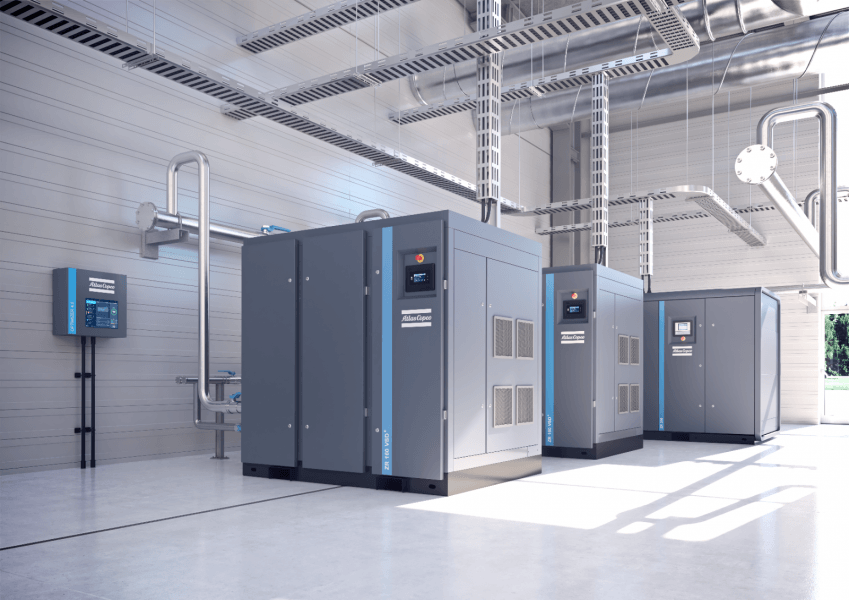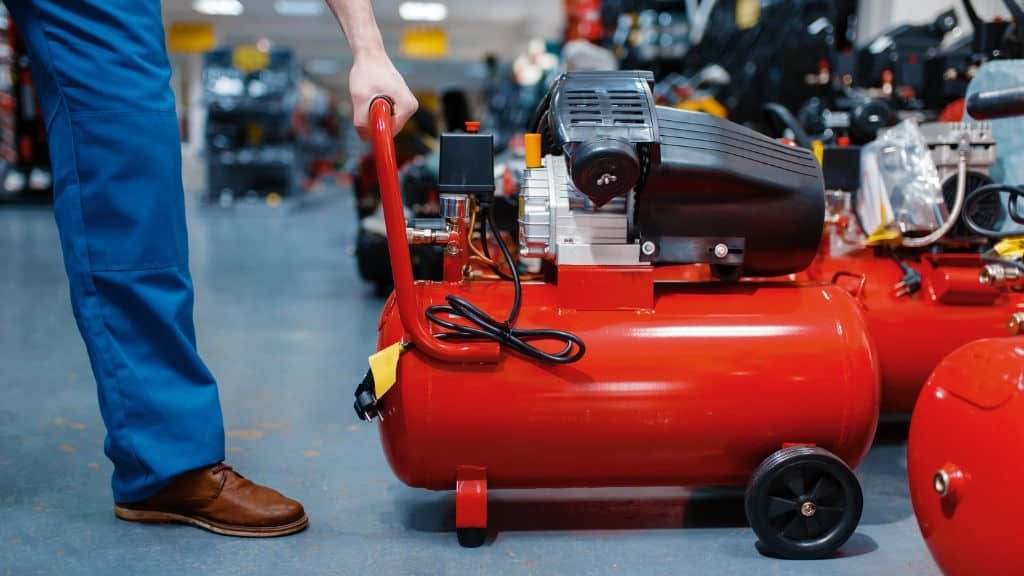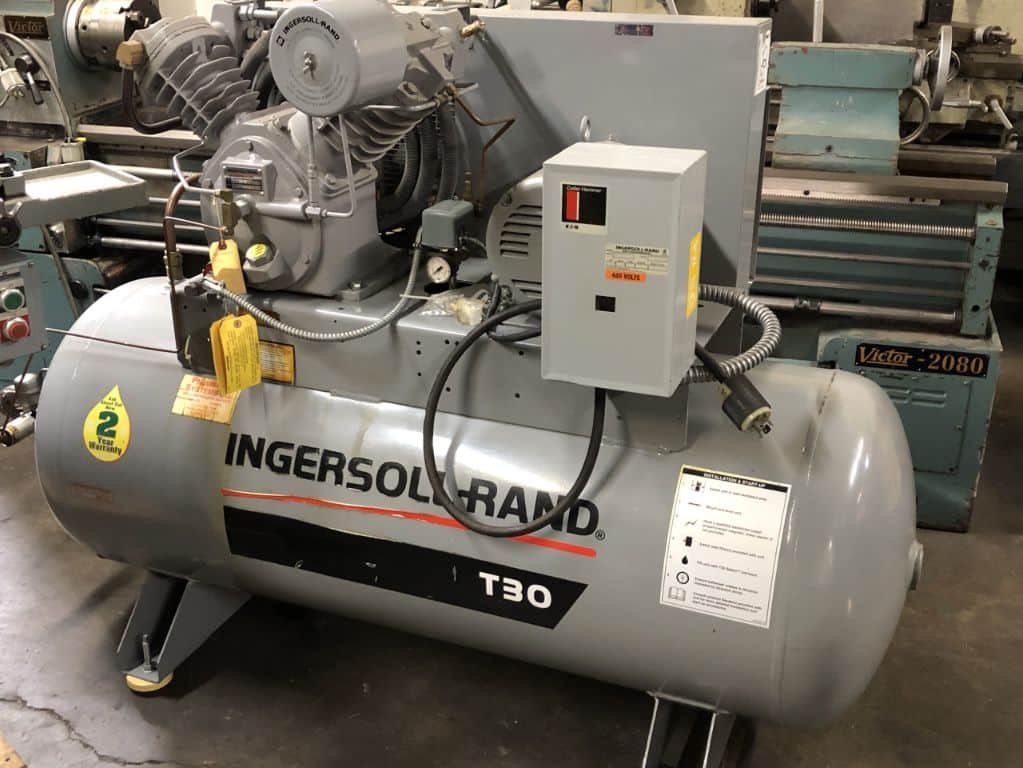Safe Testing of Repaired Porter Cable Air Compressors
When it comes to repairing air compressors, safety should always be a top priority. Porter Cable air compressors are known for their reliability and performance, but after a repair, it is crucial to ensure that the unit is safe to use. In this article, we will discuss the steps to safely test a repaired Porter Cable air compressor, providing you with the peace of mind that your equipment is in good working condition.
Why is Safe Testing Important?
Before we dive into the testing process, let’s understand why safe testing is so important. Air compressors are powerful machines that generate a significant amount of pressure. If not properly tested after a repair, there is a risk of potential hazards such as leaks, explosions, or other malfunctions. By following the safe testing procedures, you can identify any issues and address them before using the compressor.
Gather the Necessary Tools
Before you begin testing, make sure you have all the necessary tools at hand. This includes safety goggles, gloves, a pressure gauge, and a suitable testing area. It is also important to have the user manual for your specific Porter Cable air compressor model, as it will provide valuable information on testing procedures and safety precautions.
Inspect the Compressor
Start by visually inspecting the repaired air compressor. Look for any signs of damage, loose connections, or worn-out parts. Pay close attention to the hoses, fittings, and valves. If you notice any issues, address them before proceeding with the testing.
Check for Leaks
Leaks can be a common problem after a repair. To check for leaks, apply a soapy water solution to all connections and fittings. Turn on the compressor and observe if any bubbles form, indicating a leak. If you find a leak, tighten the connection or replace the faulty part before continuing.
Test the Pressure Relief Valve
The pressure relief valve is a crucial safety feature that releases excess pressure from the compressor. To test it, follow these steps:
- Ensure the compressor is turned off and unplugged.
- Locate the pressure relief valve, usually located near the pressure switch.
- Slowly turn the pressure adjustment knob counterclockwise to decrease the pressure setting.
- Once the pressure is set to the lowest level, turn on the compressor.
- Observe if the pressure relief valve releases air when the pressure reaches the set level.
- If the valve does not release air or if it releases air continuously, it may be faulty and should be replaced.
Test the Pressure Switch
The pressure switch controls the on/off operation of the compressor. To test it, follow these steps:
- Ensure the compressor is turned off and unplugged.
- Locate the pressure switch, usually near the motor or tank.
- Check the pressure switch settings in the user manual and ensure they are correctly adjusted.
- Turn on the compressor and observe if it shuts off automatically when the pressure reaches the set level.
- If the compressor does not shut off or if it shuts off prematurely, the pressure switch may need adjustment or replacement.
Test the Safety Valve
The safety valve is another important safety feature that releases air when the pressure exceeds a certain level. To test it, follow these steps:
- Ensure the compressor is turned off and unplugged.
- Locate the safety valve, usually on the tank.
- Slowly turn the pressure adjustment knob clockwise to increase the pressure setting.
- Once the pressure is set to the highest level, turn on the compressor.
- Observe if the safety valve releases air when the pressure reaches the set level.
- If the safety valve does not release air or if it releases air continuously, it may be faulty and should be replaced.
Test the Motor and Pump
The motor and pump are the heart of the air compressor. To test their functionality, follow these steps:
- Ensure the compressor is turned off and unplugged.
- Check the oil level in the pump and add oil if necessary, following the instructions in the user manual.
- Turn on the compressor and listen for any unusual noises or vibrations.
- Observe if the motor runs smoothly and the pump builds pressure without any issues.
- If you notice any abnormalities, such as excessive noise or poor performance, consult a professional for further inspection.
Conclusion
Safe testing of repaired Porter Cable air compressors is essential to ensure their proper functioning and prevent potential hazards. By following the steps outlined in this article, you can confidently test your repaired air compressor and address any issues before using it. Remember to always prioritize safety and consult the user manual or seek professional help if needed.
FAQs
1. How often should I test my repaired Porter Cable air compressor?
It is recommended to test your repaired air compressor before each use to ensure its safety and proper functioning.
2. Can I use my repaired air compressor if I find a small leak?
No, even a small leak can lead to further issues and compromise the safety of the compressor. It is important to address any leaks before using the equipment.
3. What should I do if I notice a problem during the testing process?
If you notice any issues or abnormalities during the testing process, it is best to consult a professional for further inspection and repair.
4. Can I skip any of the testing steps mentioned in this article?
Each testing step is crucial for ensuring the safety and proper functioning of your repaired air compressor. Skipping any step may lead to potential hazards or undetected issues.
5. How long does the testing process usually take?
The testing process can vary depending on the complexity of the repair and the specific model of the air compressor. It is important to allocate sufficient time to thoroughly test the equipment.




